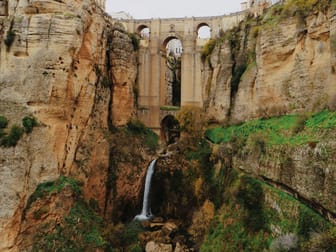Bullring of the Royal Cavalry of Ronda
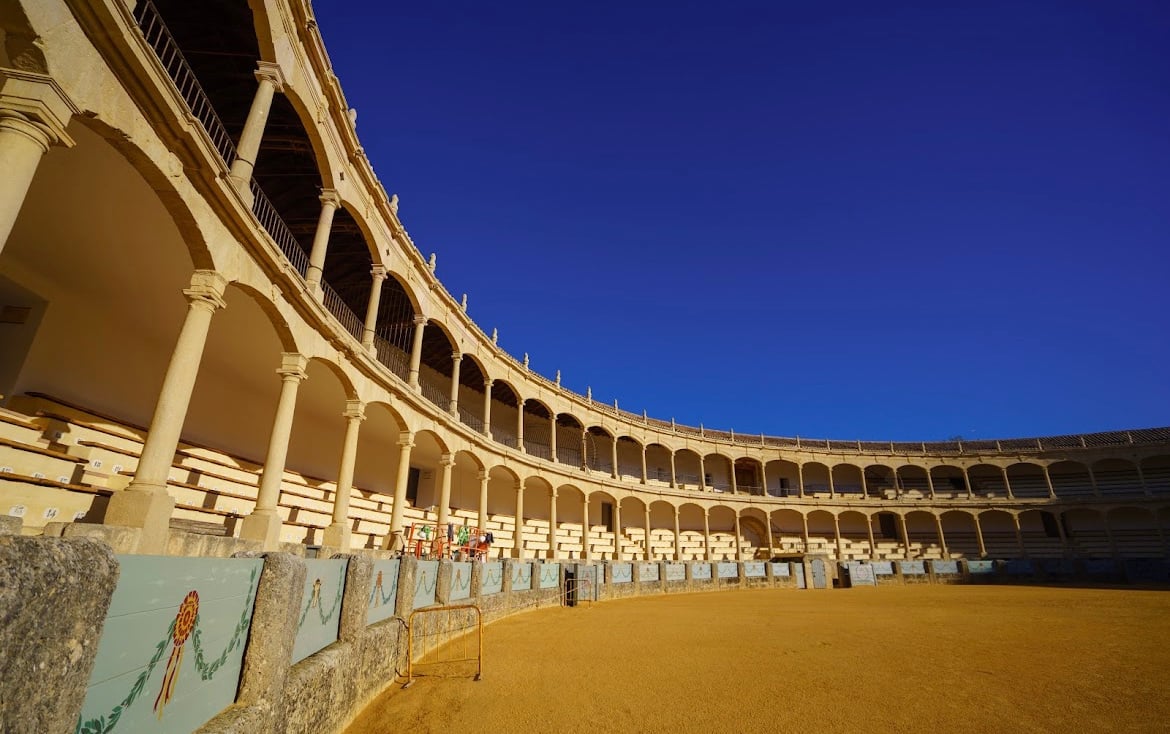
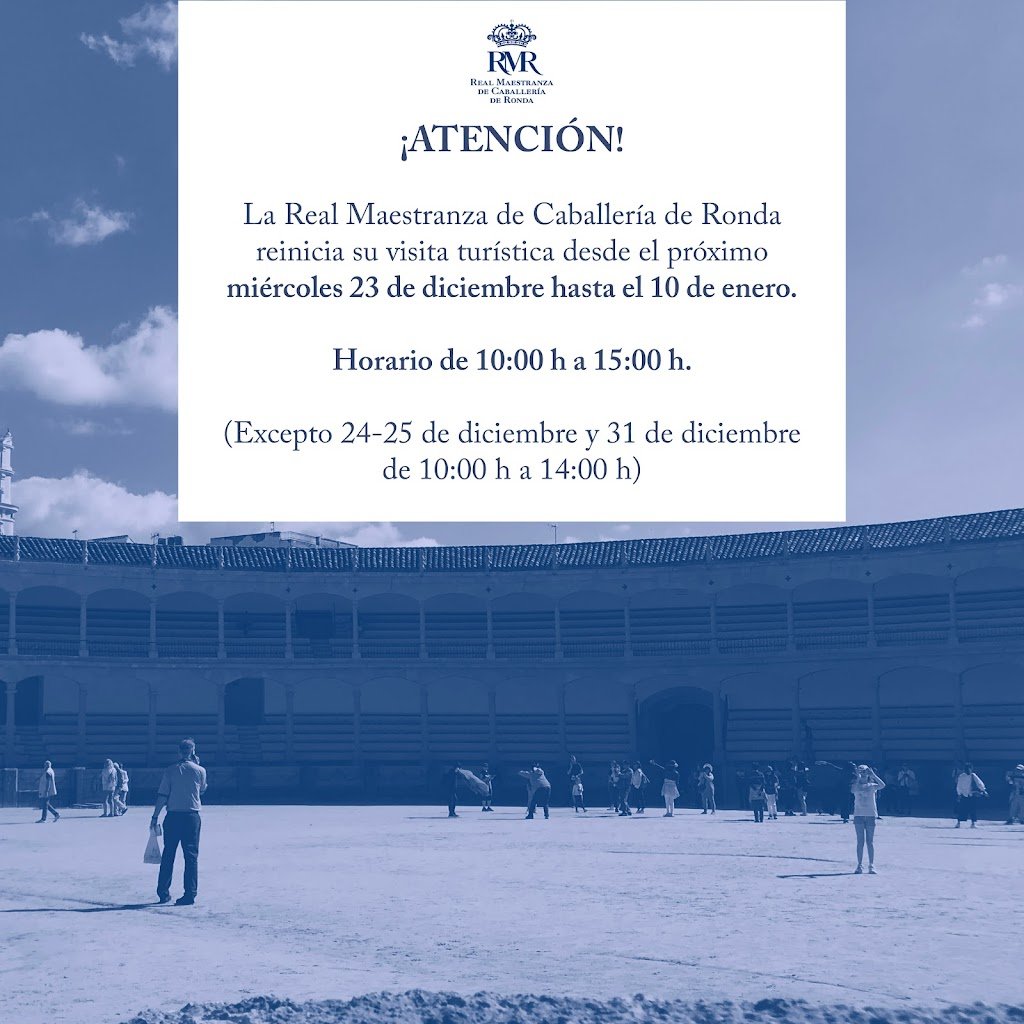
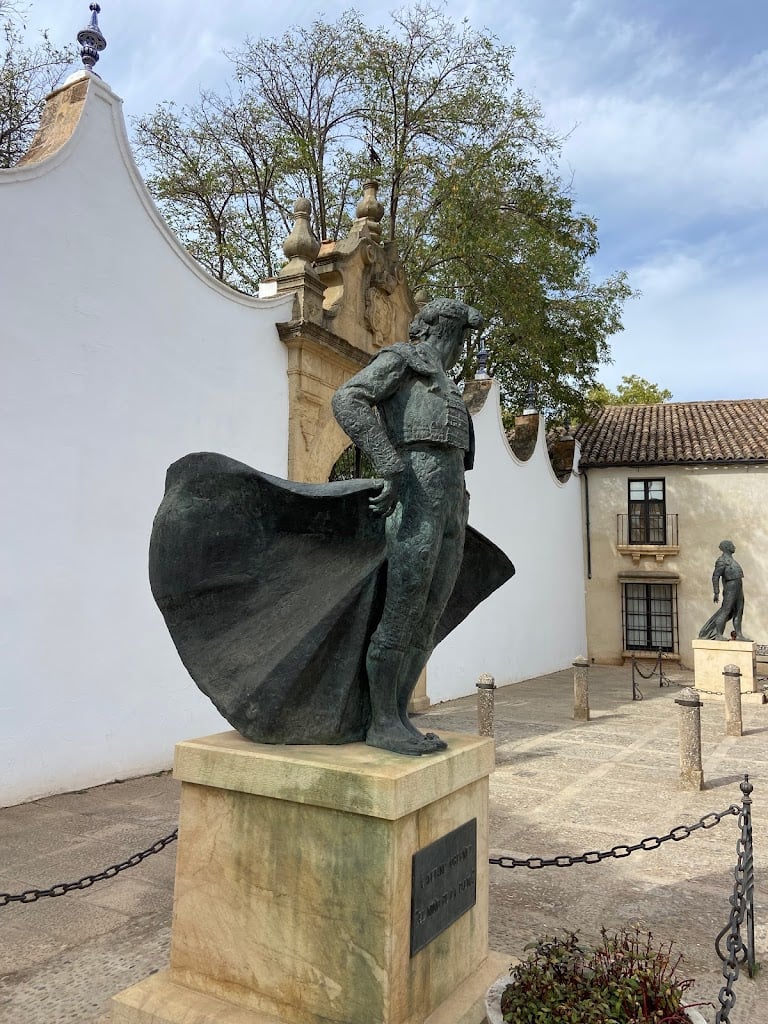
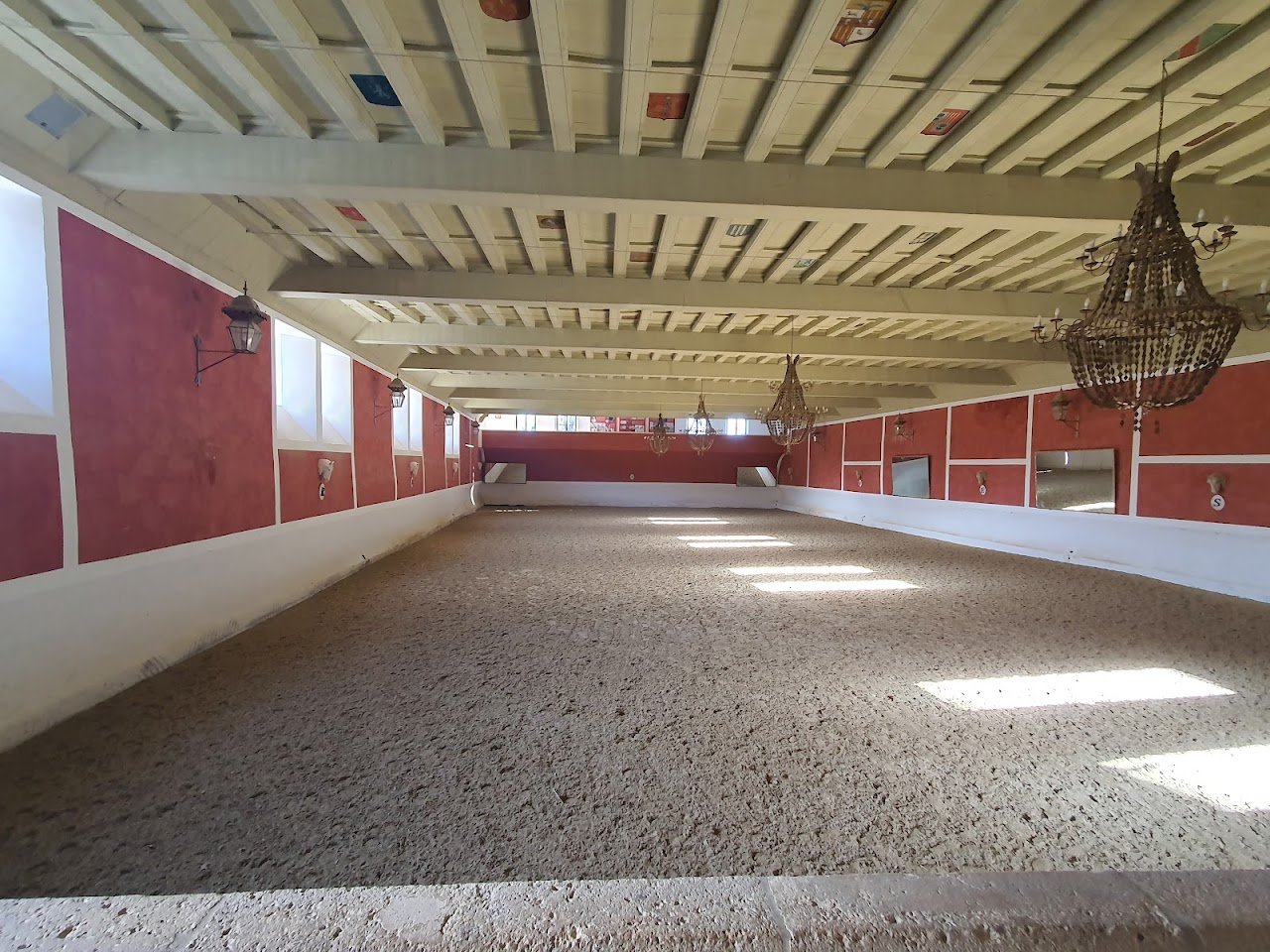

Ask ThatchGPT
Suggest a local expert to plan my trip
Suggest an unique itinerary for my Málaga trip
What foods do Málaga locals eat
What are some true hidden gems in Málaga
Help me brainstorm trip ideas for Málaga
Help me plan a family-friendly trip to Málaga
What people say
Pedro Pereira
Available for hire
"The Bullring of Ronda, due to its history, its architecture, its character and its beauty, is recognised as one of the oldest in Spain and one of the most monumental in existence.
It is no coincidence that Ronda is considered one of the cradles of modern bullfighting, which emerged in the eighteenth century, in a city where the tradition of cavalry was kept alive by a corporation dedicated to ensuring that the equestrian art was not lost. The need to defend the territory led Philip II to found the Royal Cavalry School of Ronda in 1572, so that the necessary handling of horses could be maintained. To this end, this body dedicated a space in the city to equestrian exercises, which, as has been traditional in Spain since the Middle Ages, included games of skill with bulls.
When in the eighteenth century the bullfighters on foot took over from the knights in the games with the bull, the Romero family emerged in Ronda, which for three generations brought together the most unique bullfighters of the time. Among them, Don Pedro Romero stood out above all (from 1754 to 1839), a leading figure and the most representative of bullfighting. He retired after having killed more than 5,000 bulls without receiving the slightest scratch. His personality made his profession achieve social dignity and respect by combining courage, skill and aesthetic sense.
The rise of bullfighting led the Real Maestranza de Caballería de Ronda to build its famous bullring, a work attributed to Don José Martín de Aldehuela, the same architect of the magnificent Puente Nuevo over the Tajo in Ronda.
The construction lasted six years and was inaugurated in 1785 with a bullfight in which Pedro Romero and Pepe Illo performed. Conceived in sandstone with a monumental layout, the nobility of its architectural design, with its double gallery of arcades and the absence of open-air stands, gives it the spirit of a cloister rather than a bullfighting venue, reminiscent of the circular courtyard of the famous Palace of Charles V in the Alhambra in Granada. Its ring, 66 metres in diameter, is surrounded by an alley formed by two stone rings. The stands have five rows of two-storey steps, with 136 columns forming 68 arches of Tuscan columns, except for those of the Royal Box. This has fluted columns and plant decoration in the spandrels and a frieze decorated with rosettes. The main box is located above the pigpen, previously in line with the main façade, but this axis was broken with the transfer of this doorway to San Carlos Street, today Virgen de la Paz.
The bullring is covered by a gabled roof made of Arabic tiles and the elegance of its interior is unmatched by any other bullring.
In the twentieth century, a second dynasty of bullfighters from Ronda, the Ordóñez, constituted another contribution from Ronda to the history of bullfighting. Cayetano Ordóñez and his son Antonio Ordóñez aroused the interest of such illustrious figures as Orson Wells and Ernest Hemingway due to their way of conceiving bullfighting.
It was precisely Antonio Ordóñez who, in 1954, created the world-famous Goya bullfight, where the decoration and the clothing take us back to the time of the brilliant painter Francisco de Goya y Lucientes. "
Read more in:
Mark Fedoronko
Available for hire
"Ronda's bullfighting ring is the oldest and most scenic bullfighting ring in Spain, dating back to 1785. Touring the ring is a must-do when visiting Ronda. The site allows you to explore the ring and its seating, as well as view several galleries about the history of bullfighting in Spain and Ronda more specifically. Interestingly enough, while the arena was the first of its kind for bullfighting, it actually began as an outgrowth of the riding school located at the same site. The riding school predates the bullfighting ring and is the second oldest in all of Europe (dating back to 1485). When visiting, you will also have a chance to learn about the art of horsemanship and even see some of the royal horses. The riding school still offers programming relating to horse dressing, and if you're lucky you'll be able to see some of the drills in the main hall of the school! Admission is €9 (€10.50 with an audioguide). If you go in the fall, you may even have the chance to see a real bullfight (be warned they are not for the faint of heart)."
Read more in:
Mentioned in these guides
About Bullring of the Royal Cavalry of Ronda
Get the inside scoop on Bullring of the Royal Cavalry of Ronda from local experts, travel creators, and tastemakers. Browse genuine trip notes, Bullring of the Royal Cavalry of Ronda reviews, photos, travel guides, and itineraries from real travelers and plan your trip with confidence.
Website
Phone
Save this spot for later or start mapping out a new trip today
Try our AI Travel Assistant and get instant answers to any questions about your trip.
Ask ThatchGPT

